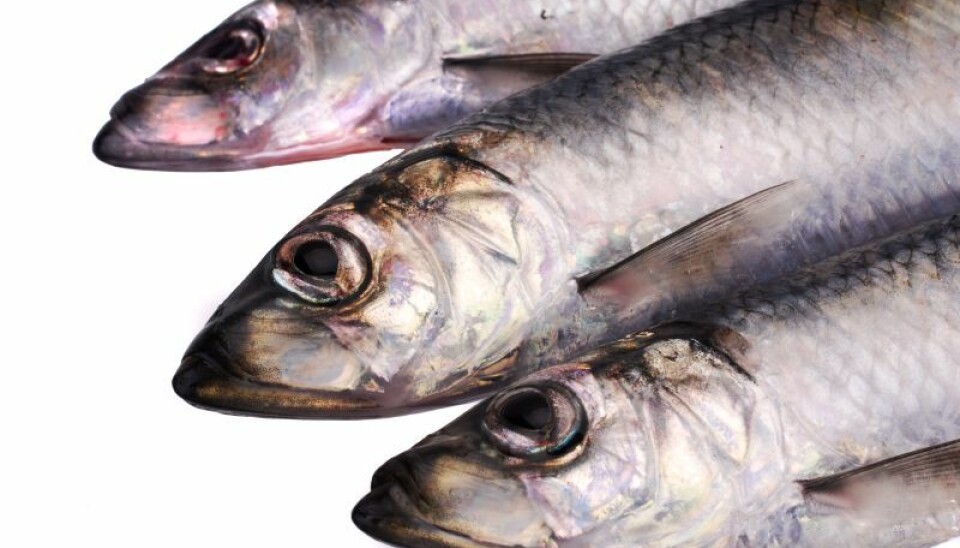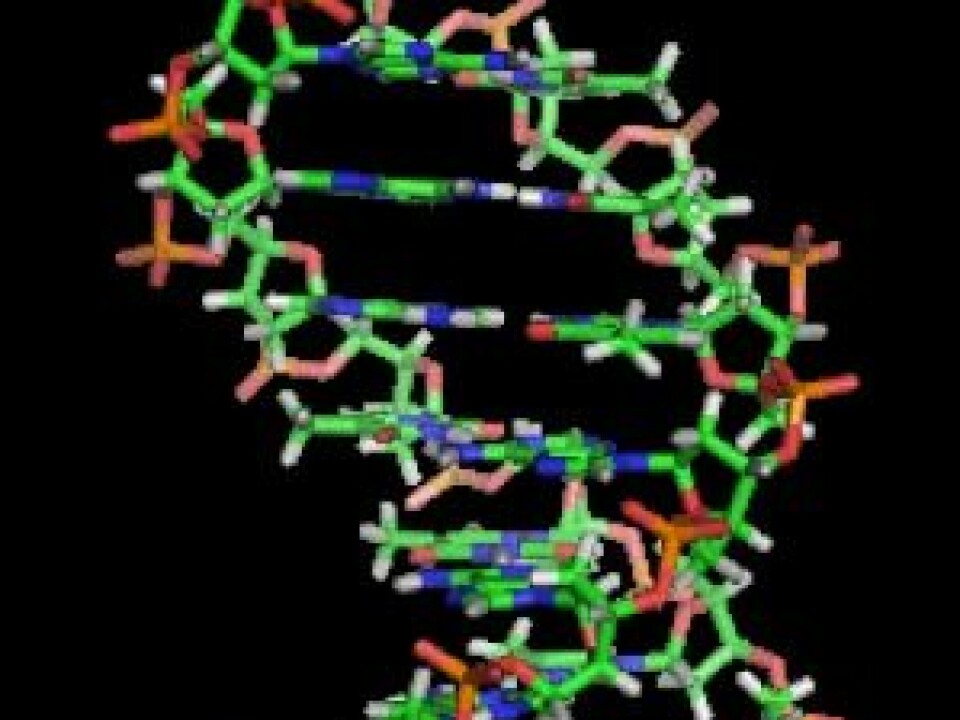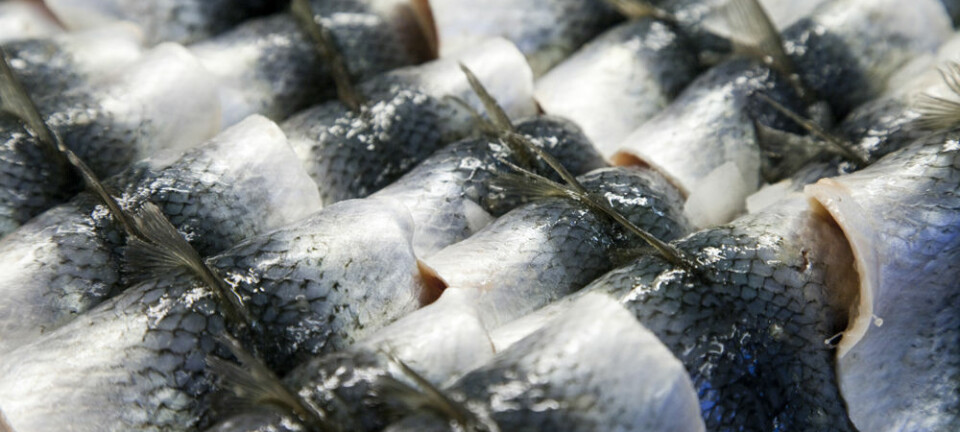
Diverse herrings are super survivors
New research reveals how herring genes vary with the environment. The discovery could make it easier to protect the herring stock against future challenges such as climate change.
Since the sea has no borders, it was once thought that all herrings belong to the same large stock.
It was therefore believed that herrings were free to swim around and mingle with other herrings.
But a new Danish study provides an insight into a hitherto unknown degree of diversity in the herring stock.
This insight could help turn the herrings into stronger survivors.
Herrings adapt to their environment

“Up to 20-30 years ago it was believed that there was not much difference between fish species such as herring and cod,” says Morten Limborg, a post doc at Denmark’s Technical University (DTU), who headed the study.
“But we have found great genetic differences between the stocks, depending on the surrounding environment.”
Specifically, the study suggests that the herring in Nordic waters can be divided into four genetically distinct groups, based on where they come from:
1. The eastern part of the Baltic Sea
2. The western part of the Baltic Sea
3. The North Sea
4. The North Atlantic
Herring research pays off
The findings are not only valuable on a theoretical level – they have practical applications too.
From time to time, the herrings from areas 2-4 mentioned above meet in the Skagerrak Strait, which is located between northern Denmark and southern Norway.
Although surrounded by ‘foreign’ herrings, they only mate with their own stock, yet they all eat at the same table, so to speak.
When this happens, the Skagerrak Strait is brimming with herring, which is great news for fishermen.
Hard to distinguish between herring groups
The challenge for the fishermen is that it is not easy to distinguish between, say, a herring from the North Sea and one from the North Atlantic.
Let’s imagine, for instance, that the full stock of herring from the North Atlantic was facing extinction.
If the fishermen in the Skagerrak Strait suddenly caught 70 percent of North Atlantic herring and 30 percent North Sea herring, then it would present a heavy load on the North Atlantic stock – even when the fishermen are sailing in the North Sea.
For this reason there is a constant need to monitor which kinds of herring the fishermen catch. And thanks to Limborg’s research, this monitoring has now become a lot easier to perform.
”If the fishermen suddenly overfish a certain stock of herring, we can now easily modify the fishing quotas on a continuous basis, and that way we can promote the survival of the stock,” he says.
“We’ve improved our ability to distinguish one herring from another, so now it’s a lot easier to monitor the fishery.”
Diversity strengthens herring survival
Here the sceptical reader might wonder why it’s so important that that one or another kind of herring survives. Surely the important thing is that herring survives as a species.
Limborg stresses that the two things are inextricably linked. If there is only a small genetic diversity within a species, then there is also a small likelihood that they can adapt to new conditions, such as climate change.
Fish with only few tools in their genetic toolbox do not respond as readily to new challenges as those with a diverse array of tools.
And it’s exactly this that Limborg’s research can contribute with – it can sustain the diversity in the herrings’ toolbox and thereby help the fish in their fight for survival.
Translated by: Dann Vinther








